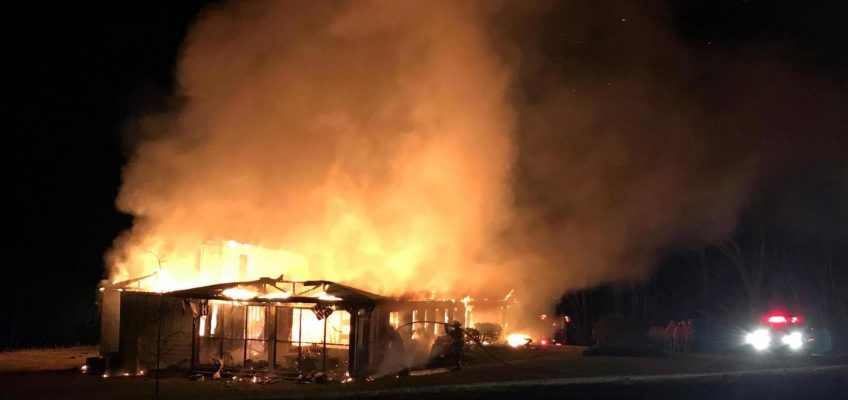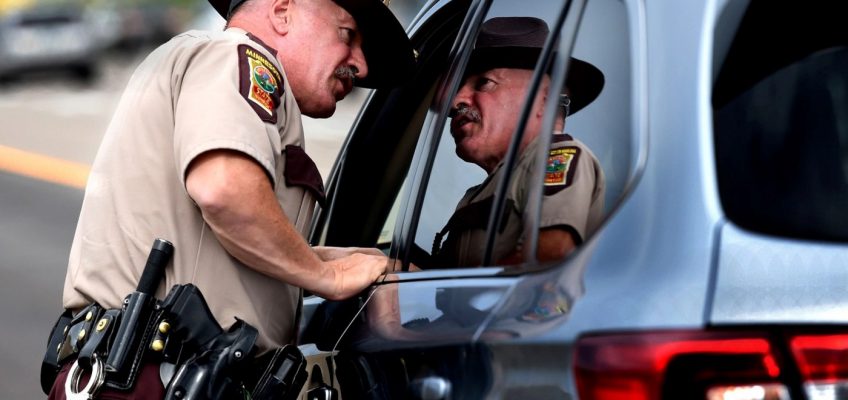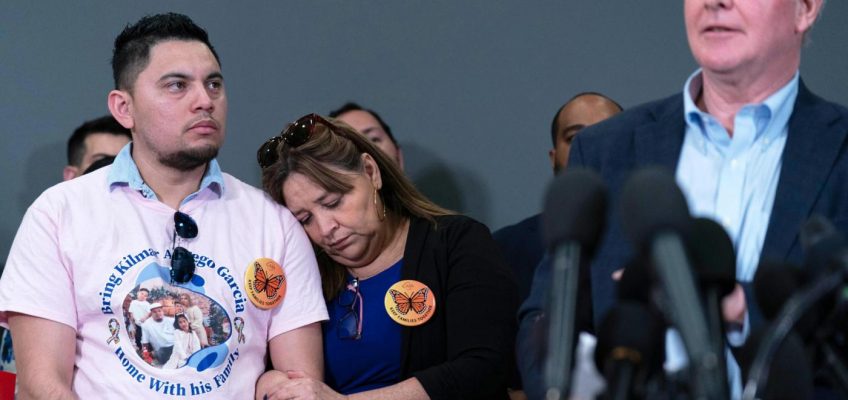By TRAVIS LOLLER and AARON MORRISON
NASHVILLE, Tenn. (AP) — A suspect whom authorities have linked to white supremacist movements has been arrested in the March 2019 fire that destroyed an office at a storied Tennessee social justice center.
Regan Prater was arrested last Thursday and charged with one count of arson.
An affidavit filed in federal court in East Tennessee says Prater’s posts in several group chats affiliated with white supremacist organizations connect him to the blaze at the Highlander Research and Education Center in New Market. In one private message, a witness who sent screenshots to the FBI asked a person authorities believe is Prater whether he set the fire.
“I’m not admitting anything,” the person using the screen name “Rooster” wrote. But he later went on to describe exactly how the fire was set with “a sparkler bomb and some Napalm.”
A white-power symbol was spray-painted on the pavement near the site of the fire. The affidavit describes it as a “triple cross” and says it was also found on one of the firearms used by a shooter who killed 51 people at mosques in Christchurch, New Zealand, on March 15, 2019, about two weeks before the Highlander fire.
Prater was previously sentenced to five years in federal prison for setting another fire in June 2019 at an adult video and novelty store in East Tennessee. He pleaded guilty and was ordered to pay $106,000 in restitution in that case. At the scene of that fire, investigators found a cellphone they later determined belonged to Prater. The phone included a short video showing a person inside the store lighting an accelerant, according to the affidavit.
The federal public defender listed as representing Prater did not respond to an email and phone message requesting comment.
Yearslong investigation sparked worries for Highlander’s leaders
The blaze at Highlander broke out in the early morning of March 29, 2019. No one was injured. The building that burned was part of a complex and it housed decades’ worth of irreplaceable documents, artifacts, speeches and other materials from different eras including the Civil Rights Movement.
In an interview, Ash-Lee Woodard Henderson, a former co-executive director at Highlander, recalled arriving at the scene of the fire to discover some priceless items from the administrative office still smoldering.
“Every time the wind blew, we would see what was left of it go up in flames again, for weeks,” Woodard Henderson said.
The trauma of the ordeal was compounded by a feeling that, despite early signs that the culprit had ties to white supremacist movements, authorities were opaque about the investigation, Woodard Henderson said.
“We were told that it was like finding a needle in the haystack to prove who did it — that that’s in fact the point of an arson,” she said. “You’ve got to remember this was 2019, so Donald Trump was still in his first presidency. Frankly, for years, we didn’t get any updates.”
A week after the incident, Democratic U.S. Rep. Steve Cohen, of Memphis, called for a federal probe. He also called on more government funding to counter an uptick in hate crimes and white nationalism nationwide.
Woodard Henderson said authorities informed Highlander’s leaders in 2022 that they were indeed victims of a hate-motivated attack.
Rosa Parks, John Lewis and Martin Luther King, Jr. had ties to the center
Highlander is known as a place where Civil Rights icons such as Rosa Parks and John Lewis received training. Parks attended a workshop there on integration in 1955, about six months before she famously refused to move to the back of a bus in Montgomery, Alabama. She always credited Highlander with helping her become a more determined activist.
Parks returned to Highlander two years later with the Rev. Martin Luther King Jr. for the school’s 25th anniversary celebration, where King gave a keynote address on achieving freedom and equality through nonviolence.
First established in Monteagle in 1932 as a center for union organizing, first lady Eleanor Roosevelt was among its early supporters.
Highlander’s co-founder and longtime leader, Myles Horton, a white man, created a place that was unique in the Jim Crow South, where activists white and Black could build and strengthen alliances. In his memoir, Congressman Lewis wrote of how eye-opening being at Highlander was.
Highlander “was the first time in my life that I saw black people and white people not just sitting down together at long tables for shared meals, but also cleaning up together afterward, doing the dishes together, gathering together late into the night in deep discussion,” he wrote.
“That paved the way for Highlander’s work around the Civil Rights Movement, or the Black Freedom Struggle, as we should rightly call it,” said Allyn Steele, a co-executive director of Highlander.
Highlander turns 93 this year and, six years past the fire, it expects to complete a rebuild of its administrative office, Steele said.
Woodard Henderson said the arson attack on the center has never deterred it from its mission.
“I think if their goal was to break our spirit, they failed miserably,” she said. “If anything, it reminded us that there’s a collective responsibility in our movements to keep each other safe.”
Morrison reported from New York City. Associated Press writer Terry Tang in Phoenix contributed to this report.




